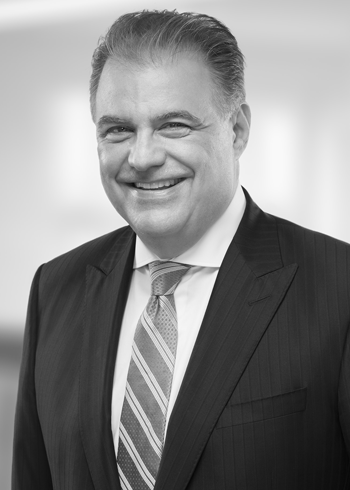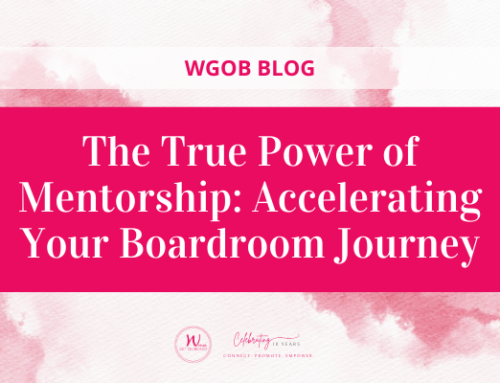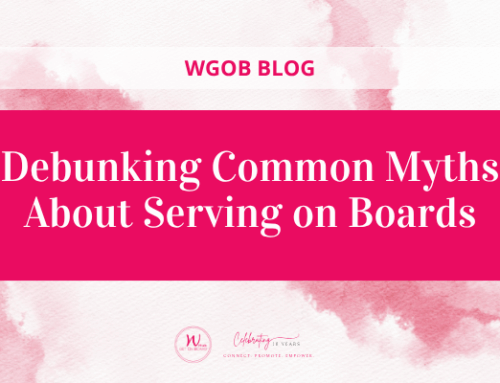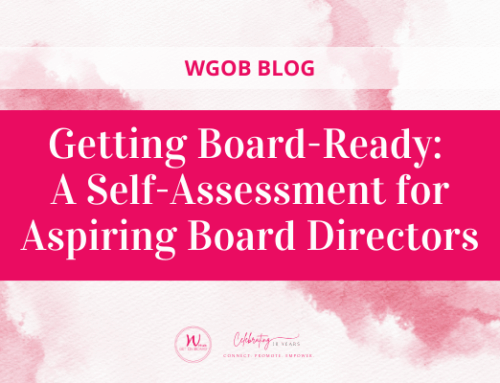
Jonathan Goodman, P.Eng, CFA, MBA has over 30 years mining investment and operating experience. He is Chairman and CEO of Dundee Corporation; President and CEO of Dundee Goodman Merchant Partners and Chairman of Dundee Precious Metals Board of Directors. In each of these roles he leverages deep financial, business and operations expertise along with his passion to de-risk and develop strong, sustainable mining companies, enhance social responsibility, increase their value and ultimately achieve significant returns for investors and sustainable benefits for stakeholders.
What was the key driver for Dundee’s ESG strategy?
With ESG in the mining sector, the outcomes are binary. You either have a mine or you don’t – and if you don’t do ESG well, then you won’t have a mine.
How did Dundee approach developing its ESG strategy?
It starts with an investment theme. The two big investment themes that we see moving forward are first, increasing government reliance on debt. Currencies are being devalued globally, which bodes well long term for gold. The other theme is that we have a global economy trying to wean itself from oil and gas to address climate change. All the different solutions, whether it’s solar, wind, battery powered, electricity, hydrogen fuel cells, even nuclear, involve mining to some extent.
It’s very hard not to come to a conclusion that mining is going to play a more important role in the world of tomorrow than the world of today. That role is contingent on recognizing that to be successful, the mining industry will have to get ESG right.
Can you walk us through some of the core elements of your approach?
We have a saying at Dundee that our approach to ESG is “doing well by doing good”. In reality, a well-run ESG program is more often than not indicative of a well-run company – one that doesn’t cut corners and is committed to getting things right the first time.
Let’s start with a focus on the “E” in ESG. For many companies in other sectors, the “E” means focusing on mitigating climate change. In mining, the core business is taking rock from its natural state and moving it. Environment is everything. There is going to be environmental disruption, but we can minimize environmental consequences. We make sure that companies are going to use best available mining practices and technologies.
This is where you link to the second part, the “S” for “social”. Most mines have some social implications. Local officials want the economic benefits of mining, but they also want environmental best practices. They also want to know that the company will train local workers. You don’t want the local community to have to sell their houses to ex pats.
Sometimes you have to use ex patriates for specializations, but that leads to the next conversation. We like to see a line item for early-stage mine preparedness. That means hiring and training your local workforce a good six to nine months before you start producing. When you start production, you will have the local skills to do what needs to be done.
ESG is plainly a core risk management issue for Dundee. How about the flipside: the strategic opportunity it presents?
There’s a huge strategic opportunity. We invest in junior mining companies, which are frequently just a couple of good geologists with a glitter in their eye; a theory that they may have something special here, and an intention to sell.
We bring a lot to the table as an investor. We sit down with these companies so they understand that they need to get environmental baseline work started early on in the process. Interact with the local community to find a solution that works for them. Be open to options and different solutions. That’s how you get mines built.
From a strategic perspective, distinguishing between the ones that you know are doing it right versus ones that aren’t at the same level can certainly give you an advantage.
What type of governance expectations do you have in relation to those small junior companies?
The heart of the matter is that ESG is fundamental to mining. Without a solid ESG program, a mining business cannot survive. You interact differently with a junior, but your expectations are no different. It’s just that the earlier you are, the better chance you have of getting it right the first time.
Can you give us an example of a situation where your interaction with a junior on ESG really made a big difference and helped influence a better outcome?
I’ll give you an example of the “G” for governance. A company that we were in touch with was subject to a hostile takeover bid. The bid price was too low, but many of the shareholders were tired because the management team hadn’t advanced the project in a long time. In the absence of significant change, they were going to sell.
On this one, we put some money in ourselves. The corporate governance was less than transparent. We restructured a fully independent board with a proper external chair and a new CEO with the right technical skills to take it forward. We were then able to bring on other investors. Not only is the stock value significantly higher, but that company should have a feasibility study done by the end of the year and we expect they’ll be in construction to build a mine.
We spend a lot of time with management and making sure that they understand what they have to do to get to the next level; that our interests are aligned and we know that the CEO and their business plan fits our model.
What are the key ESG trends that we need to be watching?
My personal opinion is that too many investors think that ESG is just about climate change. There’s a lot more to ESG than that. I’d also like to see people start to realize how important mining will be to the future and that people in the industry are very committed to ESG. In many cases we only have one shot to get it right. We can’t turn around and change strategy.
I’d like people to see and understand that a lot of mining companies are not just saying the right things but are doing the right things. And we want to make sure that we invest in the ones that do.
If you had any advice for to share with new people entering the business and following your path, what would it be?
I remember a situation once where the community didn’t like the project. The person running the project said to the community, “Well, that’s too bad. Everything we’ve done is within the law and you’re just going to have to live with it.” The truth is that that is not the truth. You need that social license to operate. You need to actually work with the community; to listen to the community more than you speak. Rather than leaning on rules, have that dialogue and find the grounds on which you can come to an agreement in a way where the community is being heard.






